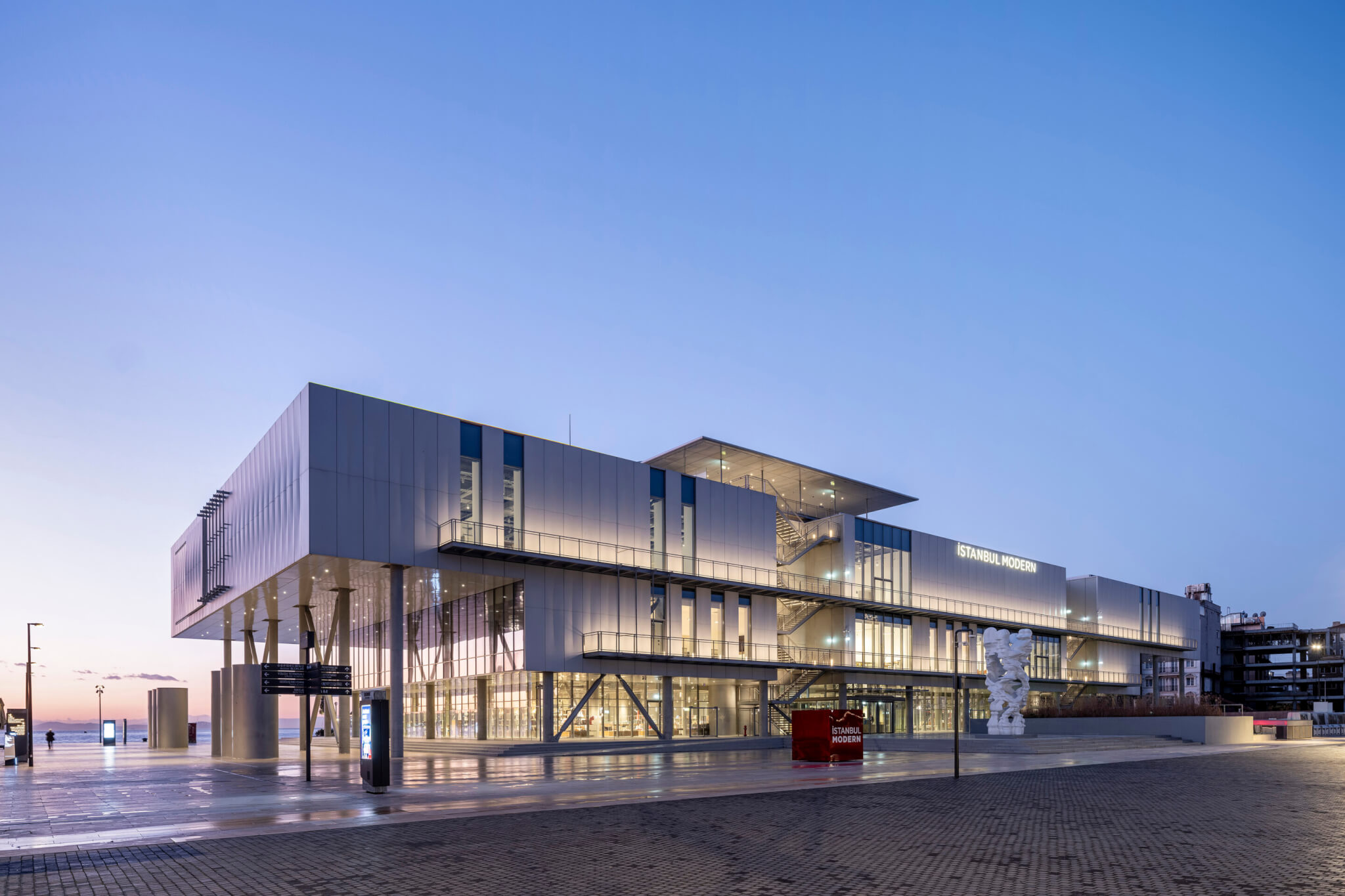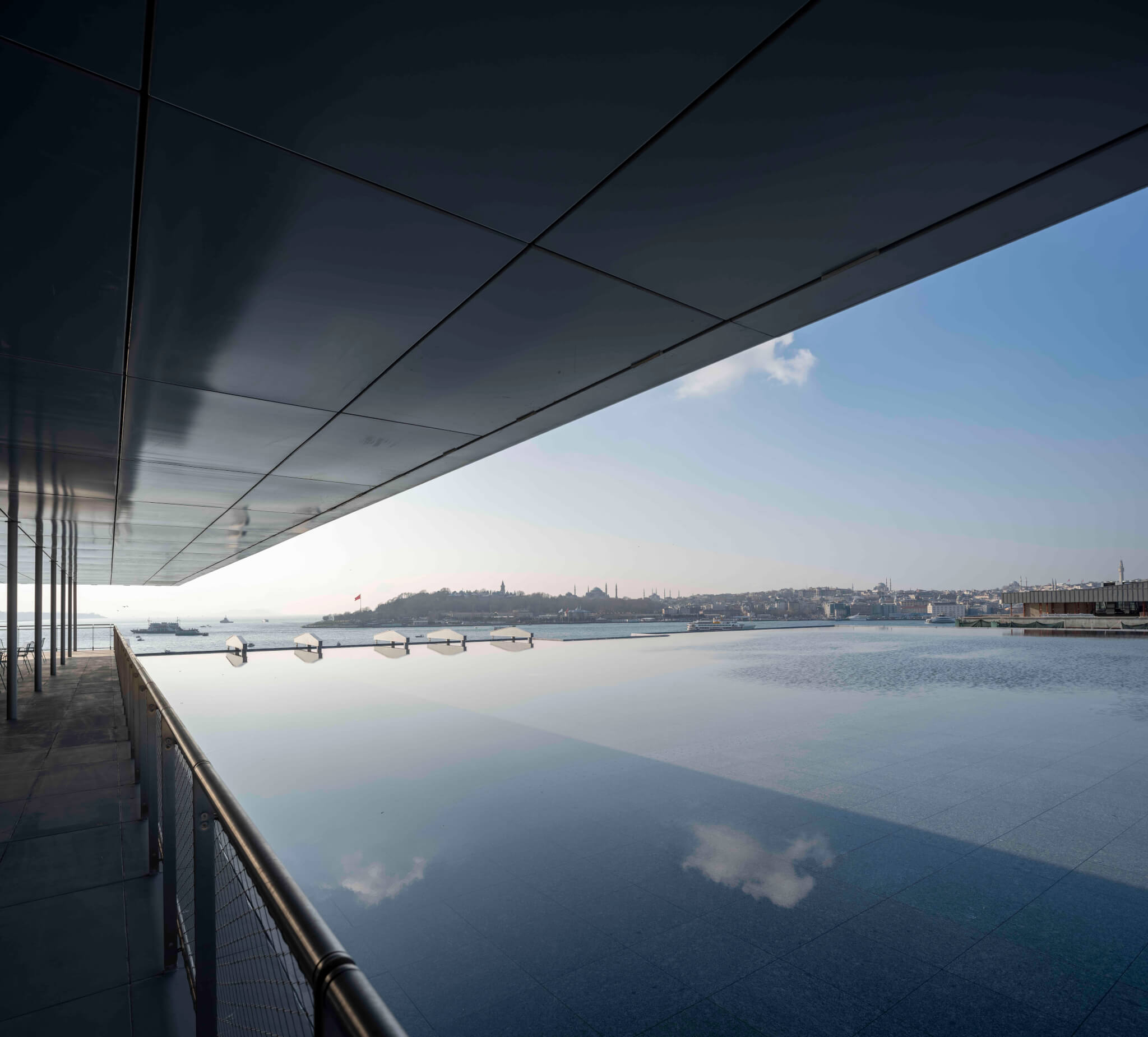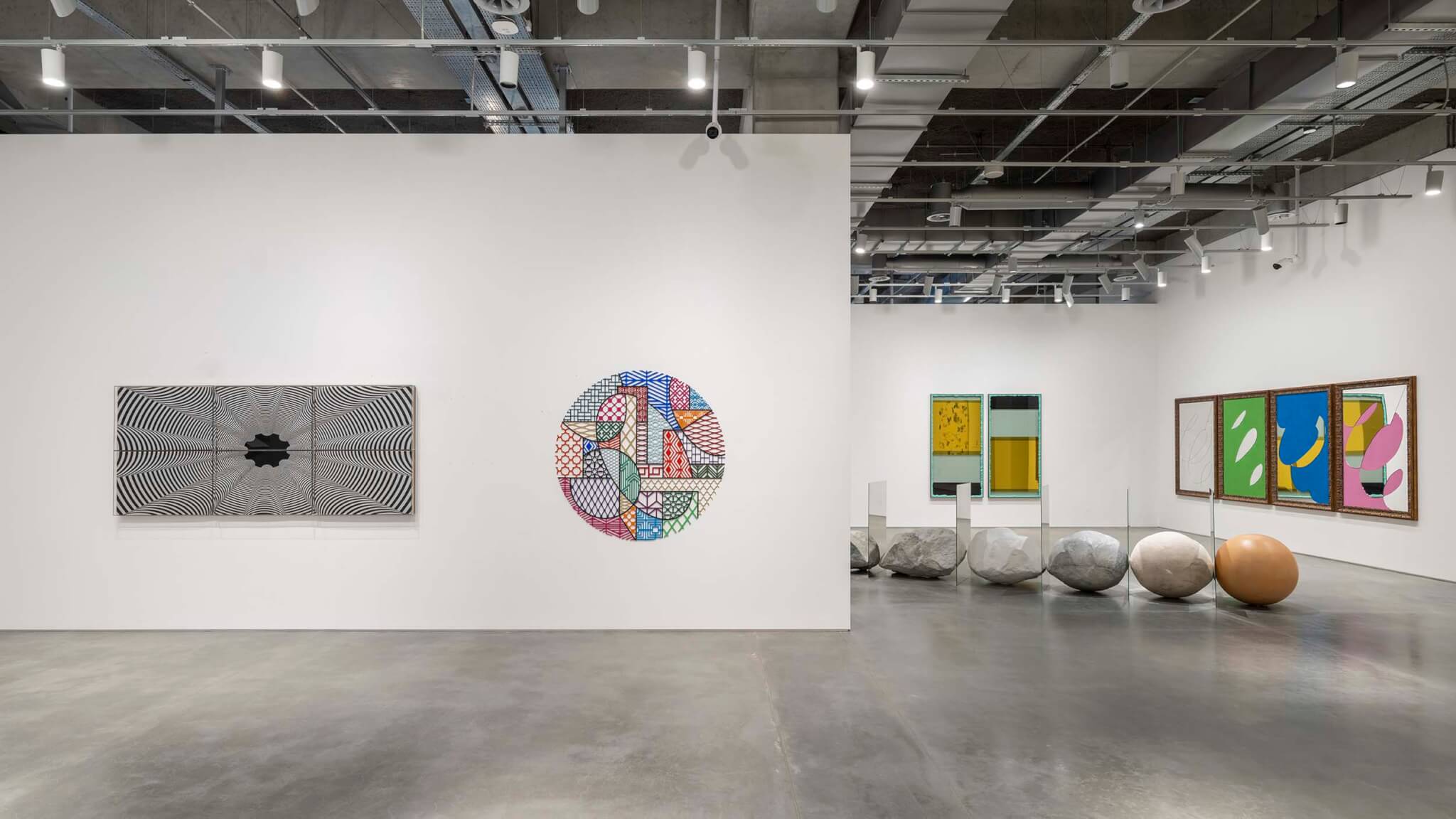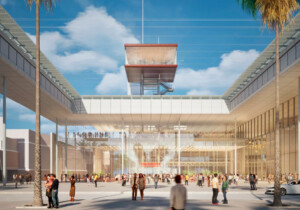Seven years in progress, the new Renzo Piano Building Workshop (RPBW)–designed Istanbul Modern Museum will open on May 4. Opening to views of the Bosphorus, the museum sits across the water from Istanbul’s historic Sultanahmet quarter. Covering 10,500 square meters (113,000 square feet), the building is located on the Karaköy waterfront at the site of its first location.
The museum was founded in 2004 as the first center of modern and contemporary art in Turkey. The museum’s collection covers art, photography, architecture, design, and new media. The museum first opened in a Karaköy warehouse, renovated by Tabanlıoğlu Architects, and in 2018 moved to a temporary space in the city’s Beyoğlu neighborhood. On the architecture front, the museum’s past exhibitions have included partnerships with the Museum of Modern Art’s Young Architects Program (YAP Istanbul Modern) and a look at Armenian architects in Istanbul in the 19th and 20th centuries.

The new purpose-built museum includes space for temporary exhibitions, educational programs, film screenings, cafe, bookshop, library, and the museum’s collection of post-1945 works from international artists. The museum is organized around five levels—three above ground and two below—with an outdoor cafe and sculpture garden on the ground level. A central staircase joins the museum’s public components, with “landing lobbies at each floor allow[ing] a visual connection to the sea and park, piercing the building volume along a north-south axis” RPBW shared.
The cinema and parking are located below ground, while the above-ground levels are defined through their concrete column structure—which is seismically reinforced with steel cross-bracing—that extends from the subterranean parking garage. The first level houses the photography and pop-up galleries, offices, and the restaurant, whose external terrace overlooks the Bosphorus. The second level, home to the temporary and permanent collections, includes 3,300 square meters (35,500 square feet) of exhibition space that holds an “industrial character,” from its open plan aside from the columns.

Visitors can ascend from the second level to the 450-square-meter (4,800-square-foot) rooftop terrace. The terrace was built to “float” atop a shallow pool of water that covers the entire rooftop, “creating a visual continuity with the Bosphorus.” The building’s mechanical systems were designed to be hidden by the terrace’s profile, leaving an otherwise flat rooftop and unobstructed views.
The building’s facade was constructed with large sections of glazing at the ground level, topped in-part with reflective metal. The paneling was designed to be dynamic with both the Bosphorus and full-exposure to sunlight.
The museum will open with two permanent installations. Richard Wentworth’s False Ceiling, which was in the original museum, will return. Olafur Eliasson’s Your unexpected journey, a site-specific installation, will appear to float in the central stairway.

RPBW worked with Arup (structural design, mechanical, electrical, and plumbing, and lighting), R. Uysalkan (interior architecture), and JML (water features). Funding for the museum came from Turkish conglomerates Eczacıbaşı Group and Doğuş Group-Bilgili Holding.
The museum will reopen with five exhibitions: Floating Islands represents the museum’s most comprehensive exhibition, including a chronological focus on Turkish art from 1945 to the 2000s, and a site-specific work by Refik Anadol that will use live data from the Bosphorus; Always Here features work from 11 contemporary female Turkish artists, which has been a long-term focus of the museum; In Another Place shows portraits taken by filmmaker Nuri Bilge Ceylan, all in countries east of Turkey; Constructing Architecture compiles architectural photographer Cemal Emden’s work that explores the relationship between architecture and photography through the artist’s documentation of the museum’s construction; in the free-of-charge library, Genius Loci presents a survey of RPBW’s work, with a detailed focus on the design and structural organization of the museum.











